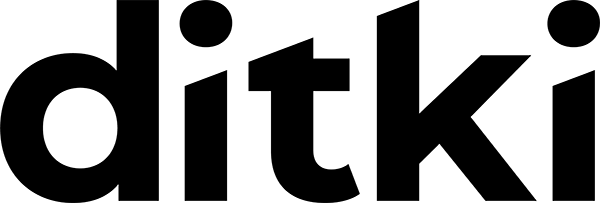
Start your One-Week Free Trial
Already subscribed? Log in »
Cholesterol Biosynthesis & Homeostasis
Blood cholesterol levels (average healthy adult)
< 200 mg/dL (cholesterol levels vary more than tightly controlled glucose levels)
- 2 sources of cholesterol: biosynthesis and dietary
- Occurs in most tissues, but primarily in liver
- LDL transports cholesterol throughout body
- Sole mechanism for cholesterol clearance
HMG CoA Reductase Regulation
i. Transcription
- SREBP-2 binds sterol regulatory element (SRE) and enhances transcription
- SREBP-2/SCAP release from Golgi inhibited by excess intracellular cholesterol
- Mevalonate (biosynthetic intermediate) produces non-sterol metabolites that block RNA translation in the cytosol
- Excess cholesterol stimulates reductase proteolysis by ubiquitination
- Insulin promotes dephosphorylation and activation of reductase
- Glucagon promotes phosphorylation and inactivation of reductase (AMP-dependent pathway)
Acyl CoA cholesterol acyltransferase (ACAT)
Esterifies cholesterol in hepatic cells: "There is A CAT in the liver"
2. LDL RECEPTORS
LDL: main cholesterol carrier in the body
- Excess cholesterol inhibits LDL-receptor synthesis
HDL: picks up plasma cholesterol released by cell death or membrane turnover
- Contains lecithin cholesterol acyl transferase (LCAT): esterifies cholesterol
- Delivers esterified cholesterol to liver cell
- Liver converts esterified cholesterol to bile salts: secreted into intestine
Diabetics taking exogenous insulin
Have high levels of HMG CoA reductase in hepatocytes
Statins
Class of drugs that inhibit HMG CoA reductase: combat high cholesterol
Cholestyramine
Bile acid binding resin: binds bile salts in intestine and prevents reabsorption
- Initiates feedback mechanism: increases bile production, cholesterol and LDL receptor synthesis
- Combats high cholesterol
